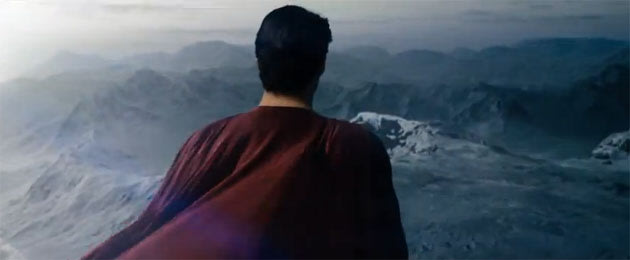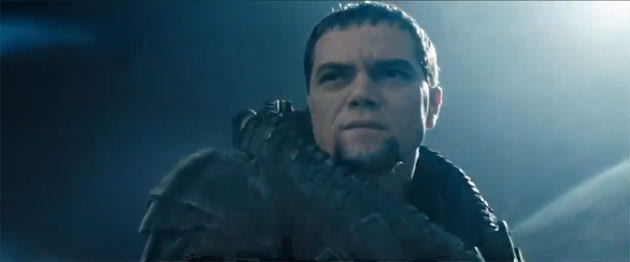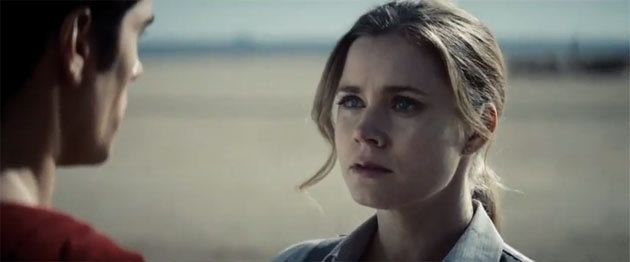The Orange County Register
2012-12-21 12:19:26

"Lullay, Thou little tiny Child
By by, lully, lullay..."
The 16th-century Coventry Carol, a mother's lament for her lost son, is the only song of the season about the other children of Christmas – the first-born of Bethlehem, slaughtered on Herod's orders after the Magi brought him the not-so-glad tidings that an infant of that city would grow up to be King of the Jews. As Matthew tells it, even in a story of miraculous birth, in the midst of life is death. The Massacre of the Innocents loomed large over the Christian imagination: in Rubens' two renderings, he fills the canvas with spear-wielding killers, wailing mothers and dead babies, a snapshot, one assumes, of the vaster, bloodier body count beyond the frame. Then a century ago the Catholic Encyclopedia started digging into the numbers. The estimated population of Bethlehem at that time was around a thousand, which would put the toll of first-born sons under the age of 2 murdered by King Herod at approximately 20 – or about the same number of dead children as one school shooting on a December morning in Connecticut. "Every man a king," promised Huey Long. And, if it doesn't quite work out like that, well, every man his own Herod.
POLITICAL CARTOONS
Had my child been among the dead of Dec. 14, I don't know that I would ever again trust the contours of the world. The years go by, and you're sitting in a coffee shop with a neighbor, and out of the corner of your eye a guy walks in who looks a little goofy and is maybe muttering to himself: Is he just a harmless oddball – or the prelude to horror? The bedrock of life has been shattered, and ever after you're walking on a wobbling carpet with nothing underneath. For a parent to bury a child offends against the natural order – at least in an age that has conquered childhood mortality. For a parent to bury a child at Christmas taints the day forever, and mocks its meaning.
For those untouched by death this Christmas, someone else's bewildering, shattering turn of fate ought to occasion a little modesty and circumspection. Instead, even by its usual execrable standards, the public discourse post-Newtown has been stupid and contemptible. The Left now seizes on every atrocity as a cudgel to beat whatever happens to be the Right's current hottest brand: Tucson, Arizona, was something to do with Sarah Palin's use of metaphor and other common literary devices – or "toxic rhetoric," as Paul Krugman put it; Aurora, Colorado, was something to do with the Tea Party, according to Brian Ross of ABC News. Since the humiliations of November, the Right no longer has any hot brands, so this time round the biens pensants have fallen back on "gun culture." Dimwit hacks bandy terms like "assault weapon," "assault rifle," "semi-automatic" and "automatic weapon" in endlessly interchangeable but ever more terrifying accumulations of high-tech state-of-the-art killing power. As the comedian Andy Borowitz tweeted, "When the 2nd Amendment was written the most lethal gun available was the musket."
Actually, the semiautomatic is a 19th century technology, first produced in 1885. That's just under half-a-century after the death of Madison, the Second Amendment's author, and rather nearer to the Founding Fathers' time than our own. And the founders were under fewer illusions about the fragility of society than Hollywood funnymen: on July 25, 1764, four Lenape Indians walked into a one-room schoolhouse in colonial Pennsylvania and killed Enoch Brown and ten of his pupils. One child survived, scalped and demented to the end of his days.
Nor am I persuaded by the Right's emphasis on pre-emptive mental-health care. It's true that, if your first reaction on hearing breaking news of this kind is to assume the perpetrator is a male dweeb in his early twenties with poor socialization skills, you're unlikely to be wrong. But, in a society with ever fewer behavioral norms, who's to say what's odd? On 9/11, the agent at the check-in desk reckoned Mohammed Atta and his chums were a bit strange but banished the thought as shameful and discriminatory. In a politically correct world, vigilance is a fool's errand. The US Airways cabin crew who got the "flying imams" bounced from a Minneapolis plane for flamboyantly, intimidatingly wacky behavior (praying loudly, fanning out to occupy all the exit rows, asking for seatbelt extenders they didn't need) wound up in sensitivity-training hell. If a lesbian thinks dragging your wife around in a head-to-toe body-bag is kinda weird, she's being "Islamophobic." If a Muslim thinks taking breast hormones and amputating your penis is a little off, he's "transphobic." These very terms make the point that, in our society, finding somebody else odd is itself a form of mental illness. In an unmoored age, what's not odd? Once upon a time, TV viewers from distant states descending on a Connecticut town to attend multiple funerals of children they don't know might have struck some of us as, at best, unseemly and, at worst, deeply creepy – a Feast of the Holy Innocents, so to speak.
OK, what about restricting it to wishing murderous ill upon someone? In her own response to the Sandy Hook slaughter, the novelist Joyce Carol Oates tweeted that hopes for gun control would be greatly advanced "if sizable numbers of NRA members become gun-victims." Who's to know when violent fantasies on social media prefigure a loner getting ready to mow down the kindergarten or just a critically acclaimed liberal novelist amusing her friends before the PEN Awards cocktail party? As it is, in American schools, mental-health referral for "oppositional defiance disorder" and the like is a bureaucratic coding racket designed to access federal gravy. Absent widely accepted cultural enforcers, any legislative reforms would quickly decay into just another capricious boondoggle.
It would not be imprudent to expect that an ever-broker America, with more divorce, fewer fathers, the abolition of almost all social restraints and a revoltingly desensitized culture, will produce more young men who fall through the cracks. But, in the face of murder as extraordinarily wicked as that of Newtown, we should know enough to pause before reaching for our usual tired tropes. So I will save my own personal theories, no doubt as ignorant and irrelevant as everybody else's, until after Christmas – except to note that the media's stampede for meaning in massacre this past week overlooks the obvious: that the central meaning of these acts is that they are without meaning. Herod and the Pennsylvania Indians murdered children in pursuit of crude political goals; the infanticidal maniac of Sandy Hook was merely conscripting grade-school extras for a hollow act of public suicide. Like most mass shootings, his was an exercise in hyper-narcissism – 19th century technology in the service of a very contemporary sensibility.
Meanwhile, the atheists have put up a new poster in Times Square: Underneath a picture of Santa, "Keep the Merry"; underneath a picture of Christ, "Dump the Myth." But in our time even Christians have dumped a lot of the myth while keeping the merry: Jesus, lambs, shepherds, yes; the slaughtered innocents of Bethlehem, kind of a downer. If the Christmas story is a myth, it's a perfectly constructed one, rooting the Savior's divinity in the miracle of His birth but unblinkered, in Matthew's account of Herod's response, about man's darker impulses:
"Then woe is me
Poor Child, for Thee
And ever mourn and may
For Thy parting
Nor say nor sing
By by, lully, lullay."
 Michael Shannon as Zod and Amy Adams as Lois Lane (Photo: Warner Bros. Pictures)This week just got a lot more super as Warner Bros. has unveiled the first full-length trailer for what might now be the most anticipated film of next summer, "Man of Steel."
Michael Shannon as Zod and Amy Adams as Lois Lane (Photo: Warner Bros. Pictures)This week just got a lot more super as Warner Bros. has unveiled the first full-length trailer for what might now be the most anticipated film of next summer, "Man of Steel." Superman in the Arctic (Photo: Warner Bros)
Superman in the Arctic (Photo: Warner Bros) Russell Crowe as Jor-El (Photo: Warner Bros)
Russell Crowe as Jor-El (Photo: Warner Bros) Michael Shannon as General Zod (Photo: Warner Bros)
Michael Shannon as General Zod (Photo: Warner Bros) Amy Adams as Lois Lane (Photo: Warner Bros)
Amy Adams as Lois Lane (Photo: Warner Bros)







